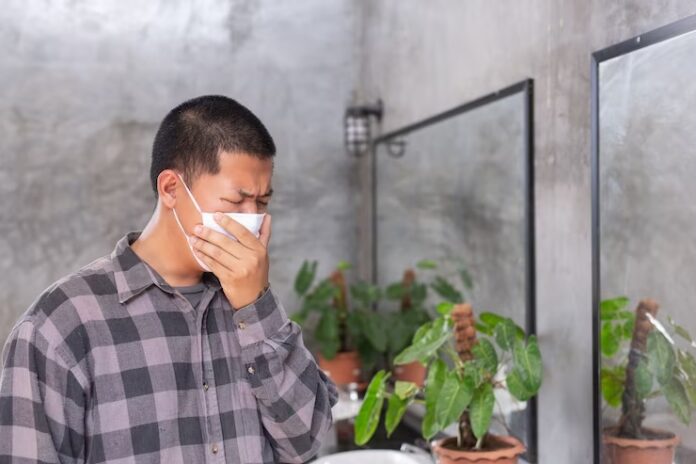Indoor air pollution refers to the contamination of the air inside buildings or enclosed spaces, such as homes, offices, schools, and public buildings. It occurs when harmful pollutants accumulate indoors, posing risks to human health and well-being. While many people assume that the air inside their homes or buildings is cleaner than outdoor air, the reality is that indoor air pollution can be just as harmful, if not more so.
There are several sources of indoor air pollution. One of the primary sources is the combustion of fuels for heating, cooking, and lighting. Inadequate ventilation and the use of unvented or improperly vented fuel-burning appliances can lead to the release of pollutants such as carbon monoxide, nitrogen dioxide, and particulate matter. Secondhand smoke from tobacco products is another significant contributor to indoor air pollution, containing thousands of toxic chemicals that can cause respiratory problems, cancer, and other health issues.
Building materials and furnishings can also release pollutants into the indoor air. Volatile organic compounds (VOCs), which are chemicals found in paints, varnishes, adhesives, and cleaning products, can evaporate and linger in the air, causing irritation, allergies, and even long-term health effects. Additionally, mold, bacteria, and allergens like dust mites and pet dander can thrive in indoor environments, leading to respiratory problems and allergic reactions.
Indoor air pollution can have various health effects. Short-term exposure to high levels of pollutants can cause immediate symptoms such as eye and throat irritation, headaches, dizziness, and fatigue. Prolonged exposure to indoor air pollution has been linked to respiratory diseases, including asthma, bronchitis, and lung cancer. It can also worsen existing conditions and increase the risk of developing respiratory infections, cardiovascular diseases, and allergic reactions.
To mitigate indoor air pollution, several measures can be taken. Improving ventilation is crucial, as it allows fresh outdoor air to circulate and dilute indoor pollutants. This can be achieved by opening windows and doors, using exhaust fans, and maintaining well-functioning HVAC systems. Regular cleaning and maintenance of appliances, ducts, and filters can help reduce the buildup of pollutants. Choosing low-emission products and materials, such as low-VOC paints and formaldehyde-free furniture, can also minimize indoor air pollution.
Furthermore, adopting healthy habits can make a significant difference. Avoiding smoking indoors and keeping designated smoking areas outside can eliminate the harmful effects of secondhand smoke. Proper storage and disposal of chemicals and hazardous materials can prevent their release into the indoor environment. Regularly cleaning and reducing moisture in bathrooms, kitchens, and other areas prone to mold growth can inhibit the proliferation of mold and bacteria.
In conclusion, indoor air pollution is a serious concern that can have detrimental effects on human health. Understanding its sources and implementing measures to improve indoor air quality is essential for creating a safe and healthy living environment. By addressing the sources of pollution, improving ventilation, and adopting healthy habits, we can minimize the risks associated with indoor air pollution and promote well-being for ourselves and future generations.



